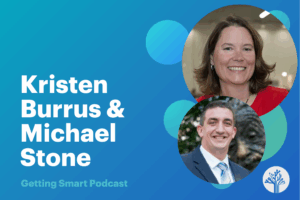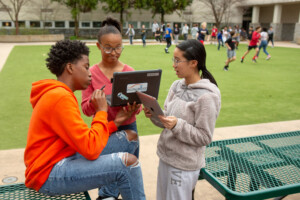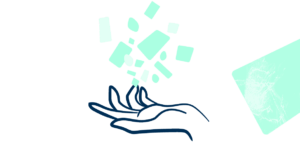How to Avoid the Free Rider Problem in Teams

Wharton professor and author of Originals Adam Grant (building on an old meta analysis by Karau and Williams) identified a series of factors that encourage people to contribute their fair share.
- Make the task more meaningful. People often slack off when they don’t feel that the task matters. When they recognize the importance of their efforts, they tend to work harder and smarter.
- Show them what their peers are doing. Sometimes people simply don’t realize that they’re doing less than the norm.
- Shrink the group. When working in a large team, it’s easy to question whether individual efforts really matter.
- Assign unique responsibilities. Many groups balloon in size because people are trying to be polite—they want to include everyone and offend no one.
- Make individual inputs visible. When it’s impossible to see who’s doing what, people can hide in the crowd.
- Build a stronger relationship. If it’s challenging to change the task or the results, it may be time to work on the relationship. People don’t worry much about letting down strangers and acquaintances, but they feel guilty about leaving their friends in the lurch.
- If all else fails, ask for advice. Sometimes it’s useful to go right to the source. What if you approached a slacker and said the following? “I’m trying to get some members of this team to contribute more, and I wanted to seek your guidance on how to do that.”
The free rider problem at school starts early—as soon as teachers assign group projects. It’s frequent enough that a national foundation executive said, “I don’t support project-based learning because of the free rider problem.”
To ensure individual accountability while creating team-based products, the Buck PBL 101 Workshop suggests:
- giving students organizers or forms for planning their tasks and dividing up the workload;
- structuring tasks so each student contributes;
- observing and collect reports on who did what work;
- having students assess themselves and their peers on how much they did; and
- giving more weight to individual work than team-created products.
To help ensure individual accountability in team presentations:
- require shared presentation duties;
- question each individual (about any part of presentation); and
- if you want to get tough, tell them any student may be asked to do any part of presentation.
To help students work well in teams, Buck suggests teachers:
- Discuss teamwork with students, drawing from their past experience, noting what can go wrong & what it looks like when it goes well;
- Develop clear criteria for team work: use a collaboration rubric, contracts, set of expectations and norms;
- Practice collaboration skills before and during a project (e.g., use role-plays, team-building activities, have them practice on short tasks);
- Give students organizers (like those in the “Useful Stuff” section of the PBL Starter Kit and PBL in the Elementary Grades) so they can plan their time & tasks, divide the workload, and establish plans for communication and meetings;
- Teach students conflict resolution skills and decision-making strategies;
- Have students self-assess and reflect on collaboration skills at checkpoints; and
- For secondary students make classroom culture like a workplace including hiring and firing policies (“fired” students must complete the project on their own) and entry and exit plans (if students come or go).
EL Education supports a national network of project based schools. CAO Ron Berger encourages continuous assessment in a project-based environment. He notes that many teachers consider the final product to be a sufficient form of assessment, but Berger says, “If the teacher isn’t assessing all along the way then the final product will not typically show the high quality of success.”
At the Katherine Smith School in San Jose a project called “Sink or Float” challenged fifth graders to design and sail a cardboard boat that would hold a three-person team. Students were asked to use concepts of area, perimeter, volume, mass, density, water displacement and buoyancy to engineer a boat, made out of only cardboard and packing tape, that would hold three student crew members.
This blog is part of “It’s a Project-Based World” series. To learn more and contribute a guest post for the series, see the Project-Based World page. Join in the conversation at #projectbased.
For more see:
- Inclusive Special Education via Project Based Learning
- 4 Ways to Use Project-Based Learning to Support English Language Learners
- Blended, Project-Based and Social Emotional Learning at Thrive Public Schools
Stay in-the-know with all things EdTech and innovations in learning by signing up to receive the weekly Smart Update. This post includes mentions of a Getting Smart partner. For a full list of partners, affiliate organizations and all other disclosures please see our Partner page.







Jason
Top three required components: Execution execution execution followed by the next three components : buy-in/training of educator, honest assessments and feedback that clearly works to avoid confirmation bias and support.